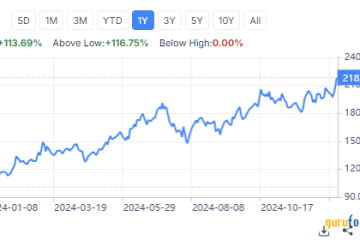The Evolution of Uber in Canada and Its Impact

Introduction
Uber’s rise as a dominant ride-sharing platform has significantly altered the transportation landscape in Canada. Since its inception in 2010, the company has generated considerable discussions surrounding its effects on traditional taxi services, regulatory frameworks, and public safety. As urban mobility remains a pressing issue, understanding Uber’s relevance and ongoing changes is crucial for both consumers and policymakers.
Uber’s Expansion and Current Market Position
Uber launched in Toronto in 2012 and has grown rapidly across major cities in Canada, including Vancouver, Montreal, and Calgary. According to Uber’s 2022 report, the platform operates in over 30 cities nationwide and has facilitated millions of rides. This growth reflects a shift in consumer behavior as more individuals seek the convenience and accessibility offered by ride-hailing services. Currently, Uber holds an estimated market share of 75% in the Canadian ride-sharing sector.
Regulatory Challenges and Developments
Despite its success, Uber has faced numerous regulatory challenges throughout its expansion. Municipal governments have implemented various measures aimed at regulating ride-sharing services, leading to changes in operational protocols. For example, in 2020, Ontario introduced new regulations requiring ride-sharing drivers to undergo background checks and vehicle inspections, ensuring safety for users. Furthermore, cities like Toronto and Vancouver have established stricter fee structures and insurance mandates that have influenced Uber’s business model.
The Impact of COVID-19
The COVID-19 pandemic presented both challenges and opportunities for Uber. In 2020, ride demand plummeted as lockdowns restricted movements, leading to significant revenue losses. However, Uber diversified its offerings by expanding its delivery services through Uber Eats, which saw a surge in demand as more people opted for contactless food delivery. This adaptive strategy allowed Uber to recover and maintain a robust presence in the Canadian market.
Conclusion
As Uber continues to evolve in Canada, its impact on transportation and the economy is undeniable. With ongoing regulatory discussions and technological developments such as electric vehicles and autonomous driving, the future holds both opportunities and challenges for the ride-sharing giant. Policymakers and stakeholders must stay informed about these trends to balance innovation with public safety and economic growth. For consumers, Uber represents a convenient option, but awareness of local regulations and operational changes is essential as the landscape of urban transportation continues to evolve.








